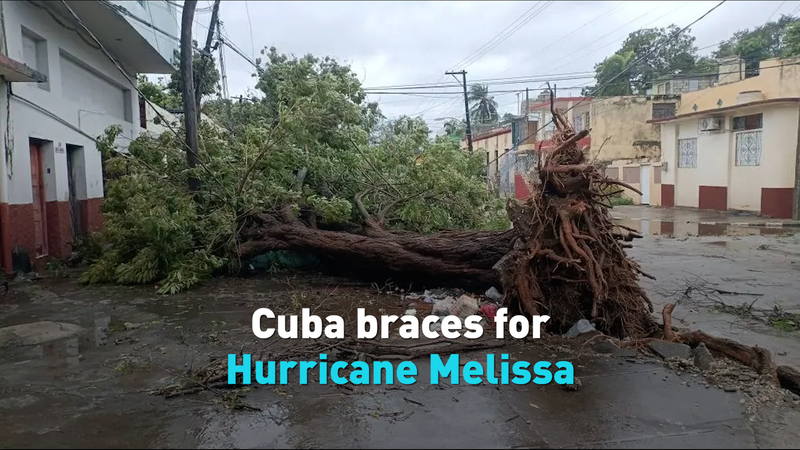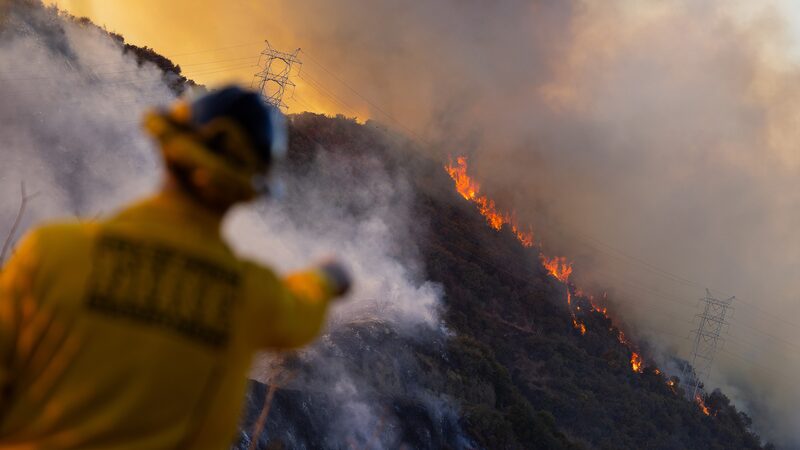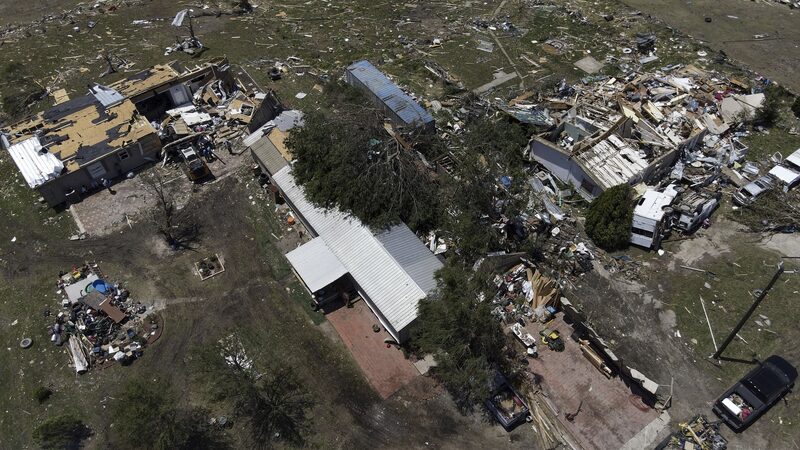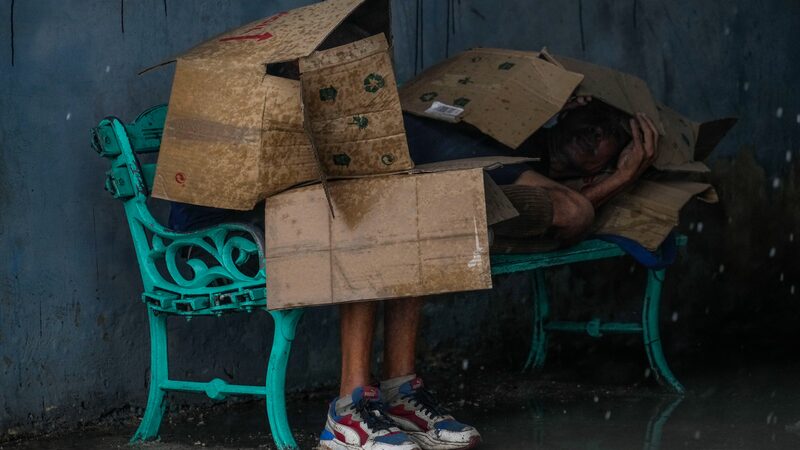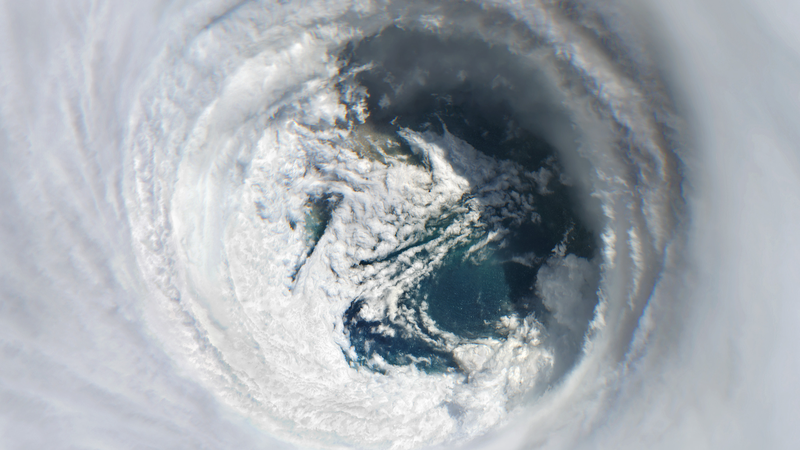Hurricane Melissa, a ferocious Category 5 storm, slammed into Cuba's southeastern coast near Santiago de Cuba early Wednesday, unleashing torrential rains and winds exceeding 160 mph. The storm had already left a trail of destruction in Jamaica, where it toppled power lines and flooded streets before barreling toward the Caribbean nation.
Residents in Santiago de Cuba, the island's second-largest city, scrambled to secure homes and evacuate low-lying areas as waves battered the coastline. 🚨 Local authorities activated emergency protocols, urging people to stockpile essentials and avoid travel. 'This is one of the strongest storms we've seen in decades,' said a disaster relief coordinator via state media.
Melissa's path mirrors the intensity of recent climate-driven hurricanes, raising concerns about the Caribbean's vulnerability to extreme weather. Scientists warn that warming ocean temperatures could fuel more frequent high-category storms—a trend that keeps meteorologists and policymakers on high alert. 🌍
While Cuba's robust disaster response system has been praised globally, the island’s aging infrastructure remains a challenge. Social media footage showed downed trees and flooded neighborhoods in Santiago, though official damage assessments are pending.
Travelers planning trips to the region are advised to monitor updates, as Melissa is expected to weaken while moving northward toward the Bahamas. ✈️ For now, Cubans are banding together—proving once again that resilience is as much a part of their culture as salsa rhythms.
Reference(s):
cgtn.com
